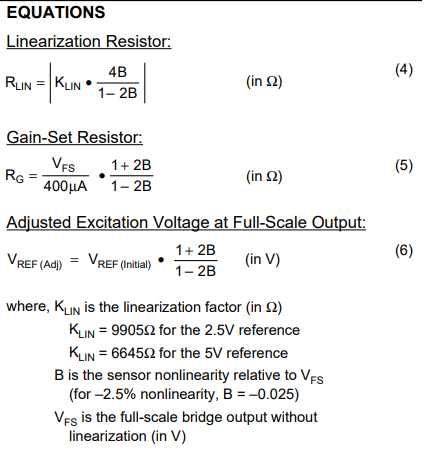Hi Team,
In data sheet, figure 3d can be used for bridges with unknown bridge nonlinearity polarity.
Does Rx and Ry should always be fixed at 100Kohm and 15Kohm? And the two resistors should be both on the circuit for unknown polarity?
I'm a little bit confusing about how to choose the Rx and Ry value. "Open RX for negative bridge nonlinearity."
"Open RY for positive bridge nonlinearity."
The description abobe seems conflict with the unknown polarity. If I have known the polarity, I will follow the circuit 3a or 3b. And even in positive situation what's the relationship between Rx value and liberalization compensation. Please help clarify the meanings.
Best Regards,
Tess Chen


